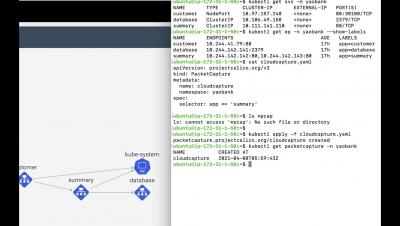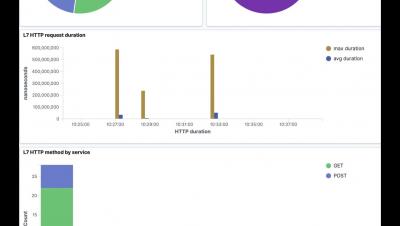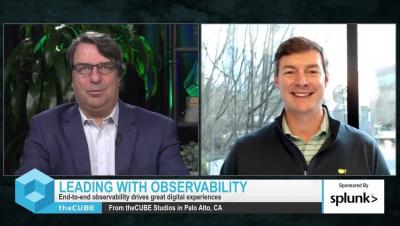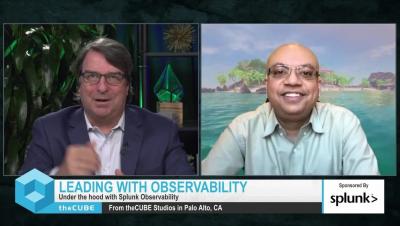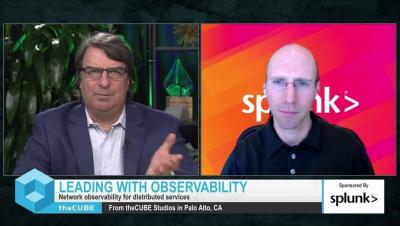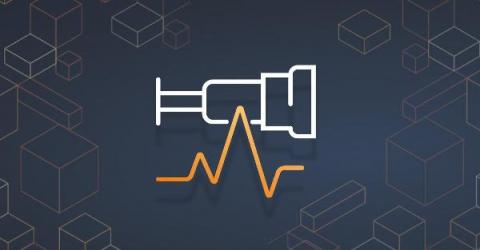Operations | Monitoring | ITSM | DevOps | Cloud
Observability
The latest News and Information on Observabilty for complex systems and related technologies.
Application Layer Observability | Tigera - Long
Splunk Observability Cloud: Cutting through the complexity of modern applications
Watch Splunk's Observability Cloud Demo
Observability: It's Not What You Think
Observability is a mindset that enables you to answer any question about your entire business through collection and analysis of data.
End-to-End Observability Drives Great Digital Experiences
Under the Hood With Splunk Observability
Network Observability for Distributed Services
Logz.io and the AWS Distro for OpenTelemetry
Amazon Web Services has announced enhanced support for the open-source distribution of the OpenTelemetry project for its users. AWS Distro for OpenTelemetry (ADOT) now includes support for AWS Lambda layers for the most popular languages and additional partners integrated into the ADOT collector. And one of those partners is Logz.io! Logz.io is happy to announce that our exporter is now included in the AWS Distro for OpenTelemetry.
6 Steps to Getting Started With Observability
During my office hours, I frequently get asked for practical tips on getting started with observability. Often it’s from folks on teams who are already practicing continuous delivery (or trying to get there) and are interested in more advanced practices like progressive delivery. They know observability can help—but as individual contributors—they don’t sign the checks, so they feel powerless to help get their team started with observability.


